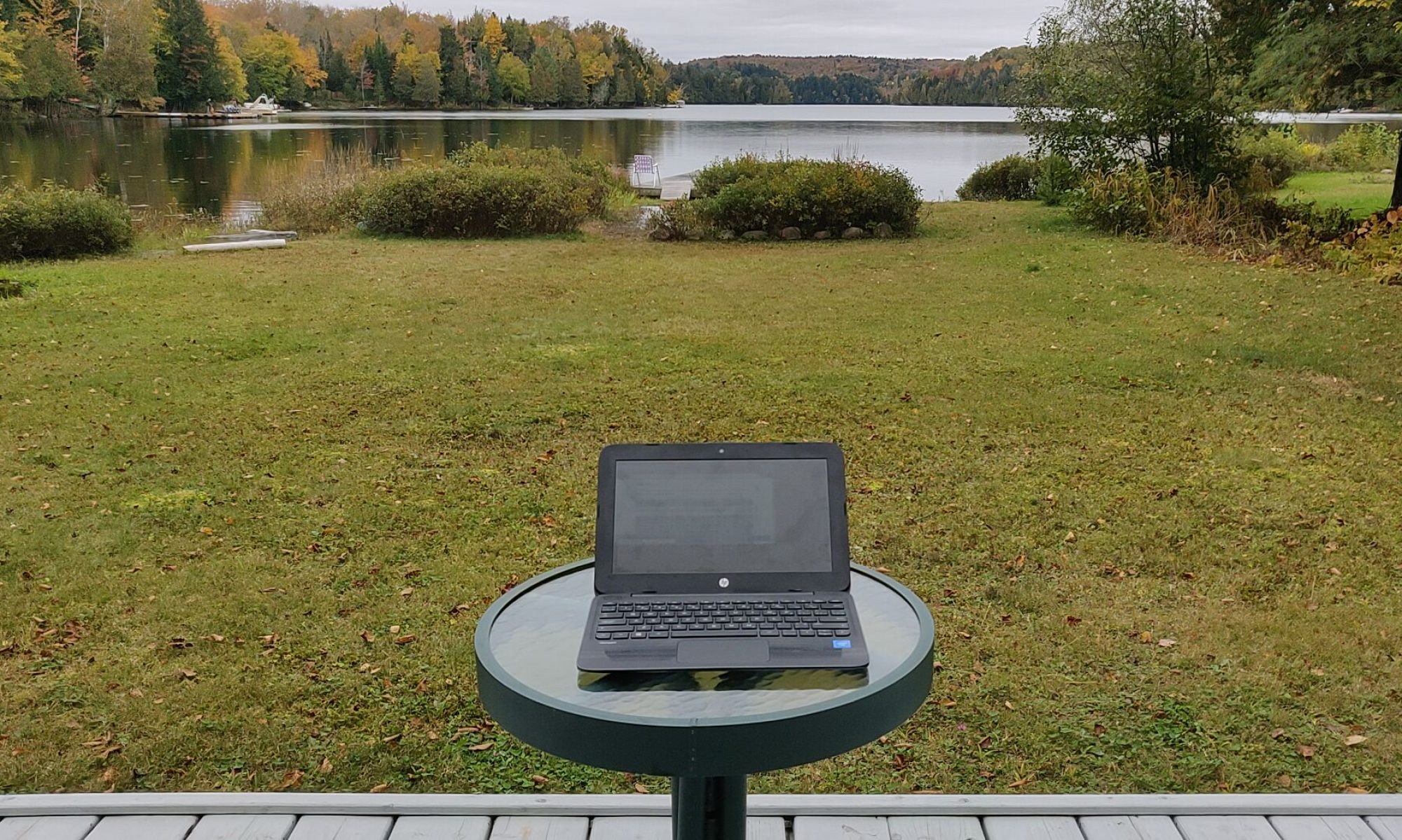I know of a professional firm that uses a Linux server to store documents for a network of Mac users. The server has a screen, keyboard, and mouse at a desk in the photocopier room.
Linux is a weird kind of Mac
The office manager was asked to sit at console, enter a password, and check connectivity using the web browser. When the office manager saw a desktop with Chrome and TeamViewer, she seemed to relax: “oh, it’s a weird kind of Mac.”
Desktop computer market share 2013 vs 2020
Let’s take a look at the desktop computer market 2013 vs 2020:
2013
Windows: 90%
MacOS: 8%
Linux: 1%
2020
Windows: 78%
MacOS: 17%
Linux: 2%
(source: https://www.statista.com/statistics/218089/global-market-share-of-windows-7/)
12% of the desktop computer market has moved away from Windows
Desktop computing has not fundamentally changed for the past 7 years. But due to problems with system stability and security challenges, 12% of the desktop computer market has moved away from Windows. 9% of the market switched to MacOS. 1% of the market switched to Linux.
Windows on Intel, UNIX on Intel
At the time of this writing, Windows, MacOS, and Linux desktop computers mostly use Intel-compatible CPUs. MacOS and Linux are both essentially UNIX-on-Intel computers, with roughly the same performance and security advantages relative to Windows running on similar hardware. As our friend the office manager put it, “Linux is a weird kind of Mac.”
Applications are brand names
Our friend the office manager recognized a few brand names: Chrome and TeamViewer. Their presence validated the platform. They allowed her to consider the Linux desktop as a viable alternative to her Mac.
Some standard applications are already present on the Linux desktop
On the Linux desktop on which I am writing this post, I have Chrome, Filezilla, VNC, VLC, TeamViewer, Zoom, and Teams. These same applications can be installed on Windows and MacOS computers.
The Linux desktop does not have Microsoft Office or Adobe Photoshop
At the time of this writing, Microsoft Office and Adobe Photoshop are not available for the Linux desktop.
Work-alike replacements are not valid in the eyes of consumers
This post is being written in LibreOffice Writer, which is open source software that tries to reproduce the Microsoft Office suite. Like Pages for the Mac, it does a competent job of reading and writing word processing files. But it is not Microsoft Office 365. Same for Photoshop: there are many image editing programs, but they are not the brand name, and really not the same thing. Word processing might be one thing, but aside from the simplest spreadsheets and presentations, Excel and PowerPoint are not really replaceable.
Macs have Office and Photoshop
Macs are relevant to consumers because they can run Microsoft Office 365 and Adobe Photoshop. They may not be able to run every accounting or engineering program available for Windows, but having Office and Photoshop covers most needs. That is why when Windows lost 12% of of the entire market, MacOS was able to capitalize on the opportunity to capture the consumers making a change, but Linux was not.
If Linux had Microsoft Office 365 and Adobe Photoshop
If Linux had Microsoft Office 365 and Adobe Photoshop, we would see the emergence of a second strong UNIX on Intel desktop computer platform. Linux, the “weird kind of Mac,” would get more interest, more relevance, and more market share.
